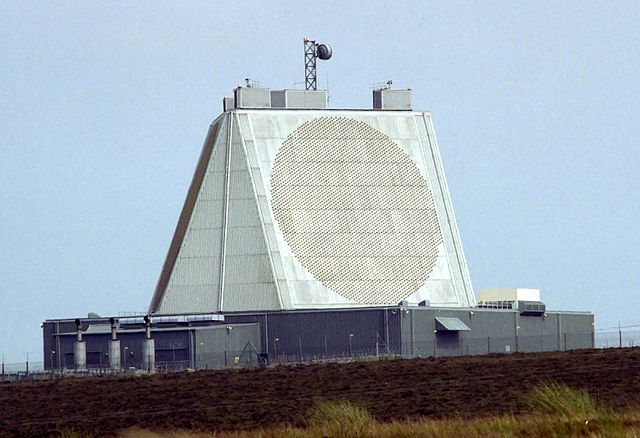North Korea’s ramped-up recent nuclear-weapon and rocket tests have spurred the United States and South Korea to agree to U.S. missile defense sites in South Korea. This comes on the heels of the completion of a U.S. missile defense site in Romania, originally intended to protect against missiles with nuclear warheads from Iran.
Many aren’t aware that missile defense has no pretensions to be effective against states with large arsenals of nuclear weapons, especially Russia. The selling point for this technology still in beta (understatement) has been that it might stop a few missiles, such as those a state with a small arsenal such as North Korea’s or the one that some thought Iran was developing. In the National Interest, Ivanka Barzashka writes:
Today, North Korea remains a serious concern. Iran, less so. The recent deal to limit Iran’s nuclear capability reduces the need to defend against an Iranian nuclear bomb.
Thus halving the rationale for missile defense, limited as it already was.
Meanwhile, with the tensions in the Ukraine and Russia’s annexation of Crimea, writes Ms. Barzashka, the “risk of military confrontation in Eastern Europe,” between the U.S./NATO and Russia “has increased, and with it, the risk of nuclear use.”
Missile defense against Russia is a lose-lose proposition both because it doesn’t work against Russia’s large arsenal and because Russia thinks it might. It thus views the deployment of a missile defense installation as a provocative signal sent by the United States, which, it believes, is planning a first-strike and using missile defense to defend itself against any Russian nuclear weapons it didn’t destroy. (Of course, Russia would have already fired a salley while the U.S. nukes were on their way.) If you ever wondered how a defense can be as provocative as an offensive weapons, there’s your answer.
Not needed against Iran, provocative to Russia (as well as China), missile defense is as much of a boondoggle as it was in the days of Ronald Reagan and “Star Wars.”

